Picture this: you’re standing at the top of a snowy slope, skis strapped on, the crisp mountain air filling your lungs. The excitement is palpable as you gaze out over the stunning landscape of one of America’s renowned ski resorts. Skiing in the United States offers not just an adrenaline rush but also an opportunity to connect with nature in some of the most breathtaking settings. However, amidst this exhilarating experience, there’s an essential aspect that demands every skier’s attention – the ski signs dotted around the resort.
Understanding these signs is not just a matter of enhancing your skiing experience; it’s a crucial element for ensuring safety on the slopes. Whether you’re a beginner taking your first glide or an experienced skier carving through advanced trails, knowing what these signs mean is imperative. From the color-coded trail difficulty markers to the cautionary warnings, each sign serves a purpose, guiding and protecting skiers as they navigate the varied terrain.
In this comprehensive guide, we delve into the world of ski signs at ski resorts in the United States. We’ll explore the different types of signs you’ll encounter, including trail difficulty symbols, directional markers, and safety warnings. By the end of this article, you’ll not only be able to interpret these signs with ease but also appreciate their role in making skiing a safe and enjoyable sport for everyone. So, let’s embark on this journey of discovery, ensuring that your next ski trip is both thrilling and safe.
Table of Contents
I. The Basics of Ski Resort Signage
Understanding the signage at ski resorts is crucial for a safe and enjoyable skiing experience. These signs provide essential information about trail conditions, directions, and safety precautions. In this section, we’ll explore the importance of ski signs, their legal requirements, and the different categories you’ll encounter on the slopes.
A. Importance of Ski Signs
- Safety and Navigation: The primary purpose of ski signs is to ensure the safety of skiers and snowboarders. They help you navigate the mountain terrain, indicating the difficulty of trails and alerting you to potential hazards. By following these signs, you can choose trails that match your skill level and avoid unexpected dangers.
- Legal Requirements: In the United States, ski resorts are legally required to provide clear and visible signage for the safety of their guests. This includes marking trails accurately and providing warnings for potential hazards. Ignoring these signs can not only put you at risk but may also have legal implications, especially in the case of accidents.
B. Categories of Signs
Ski signs can be broadly categorized into four types: trail difficulty, directional signs, informational signs, and warning/caution signs. Each category serves a specific purpose and is designed to guide skiers safely through the resort.
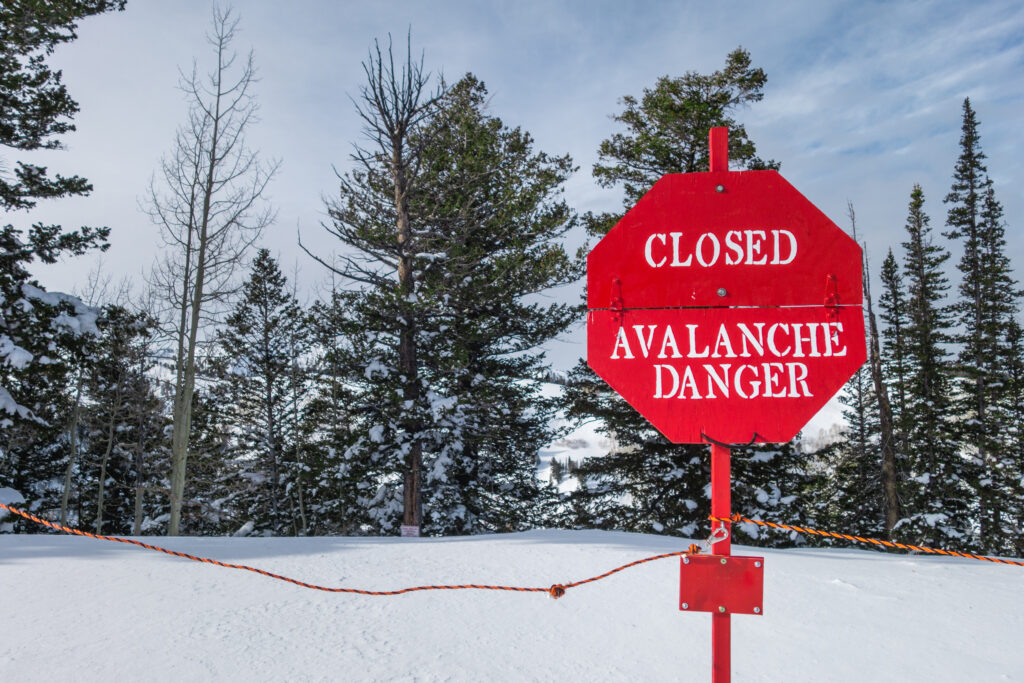
- Trail Difficulty: These signs indicate the level of challenge you can expect on a particular trail. They are usually color-coded and symbolized to help skiers quickly identify the trail’s difficulty. Understanding these symbols is key to choosing trails that are appropriate for your skill level.
- Directional Signs: These signs help you navigate the ski resort. They provide directions to different trails, ski lifts, lodges, and other facilities. Directional signs are crucial for finding your way around the resort, especially if you are new to the area.
- Informational Signs: Informational signs provide various details about the ski resort. This can include maps of the area, locations of first aid stations, rules and regulations of the resort, and other essential information.
- Warning and Caution Signs: These signs alert you to potential dangers on the slopes, such as steep grades, icy conditions, cliffs, or areas prone to avalanches. Heeding these warnings is vital for your safety and the safety of others.
II. Trail Difficulty Symbols and Their Meanings

The trail difficulty symbols are perhaps the most crucial signs to understand at a ski resort. They provide skiers and snowboarders with immediate information about the complexity and challenge level of each trail. Let’s break down what each symbol means and what you can expect from the trails they mark.
A. Green Circle: Easiest Trails
- Characteristics of Green Trails: Green circle trails are the most gentle slopes at a ski resort. They have mild gradients and are wide, giving beginners ample space to practice and learn. These trails are ideal for those just starting out or for skiers looking for a relaxed experience.
- Ideal for Beginners: If you’re new to skiing or snowboarding, start with the green trails. They offer a safe environment to build your confidence and develop basic skills.
B. Blue Square: Intermediate Trails
- What to Expect on Blue Trails: Blue square trails offer a moderate challenge. They have steeper gradients than green trails and may include varied terrain, such as small moguls or changes in slope style. These trails test your skiing skills more than the green ones but are still manageable for skiers with basic experience.
- Tips for Intermediate Skiers: If you’re comfortable on green trails and looking to step up your skiing game, blue trails are your next stop. Practice controlled turns and be aware of changing terrain types.
C. Black Diamond: Advanced Trails
- Challenges of Black Diamond Trails: Black diamond trails are for advanced skiers. These trails feature steep gradients, narrow paths, and challenging terrain, including moguls, steep drops, and sometimes icy conditions. They require good control and technical skills.
- Precautions for Experienced Skiers: Before tackling a black diamond, ensure you’re confident with your skiing abilities on intermediate trails. Always ski within your limits and be prepared for sudden changes in terrain.
D. Double Black Diamond: Expert Only
- Features of these Trails: Double black diamond trails are the most challenging and are suitable only for expert skiers. They often feature extremely steep slopes, narrow chutes, deep powder, and may include cliffs and other natural hazards.
- Safety Tips for Expert Skiers: Extreme caution is advised on these trails. Only attempt these if you are an experienced skier with a high level of skill. Always check the condition of the trail and weather before proceeding.
E. Terrain Park (Free Style) Symbols
Terrain parks are marked with their unique symbols. These areas are designed for freestyle skiing and snowboarding and contain jumps, rails, and halfpipes. Be aware of your skill level and the risks involved before entering a terrain park.
III. Directional and Informational Signs
Apart from understanding the difficulty of ski trails, it’s also essential to be familiar with directional and informational signs at ski resorts. These signs are key to navigating the resort effectively and safely. Let’s dive into what these signs entail and how to interpret them.
A. Understanding Directional Signs
- Trail Names and Directions: Directional signs typically include the names of ski trails and the direction in which they are located. These signs are strategically placed at intersections and key points to help you choose your path. They are crucial for ensuring that you are on the right trail and for helping you reach your desired destination on the mountain.
- Lift and Facility Directions: These signs point you towards various lifts, lodges, restrooms, and other facilities. They are particularly useful in large ski resorts where navigating to different lifts and amenities can be complex.
B. Informational Signs
- Maps and Area Overviews: Maps are often displayed at the base of ski resorts and at key locations on the mountain. They provide an overview of the entire ski area, including trails, lifts, lodges, and other important landmarks. Studying the map of the resort before starting your day can be incredibly helpful.
- Rules and Regulations: Signs displaying the resort’s rules and regulations are commonly found around ski areas. These may include speed limits in certain areas, skiing and snowboarding etiquette, and instructions for using lifts safely. It’s important to read and adhere to these rules for your safety and the safety of others.
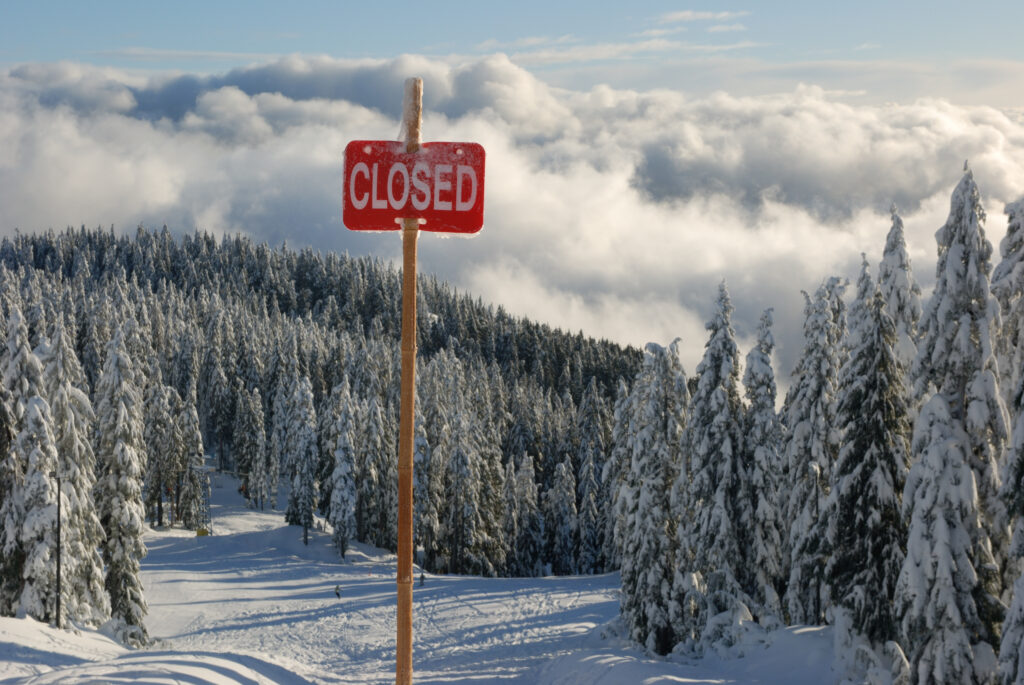
In addition to these signs, you may also encounter other informational signs such as:
- Expected Conditions: Some signs provide information about current trail conditions, such as ice, deep snow, or grooming status.
- Area Closures: Signs indicating closed areas are critical for your safety. These areas might be closed due to dangerous conditions, wildlife activity, or maintenance work.
Navigating through these signs requires a bit of attention and understanding. Always keep an eye out for them, as they are there to guide you and enhance your skiing experience. In the next section, we will cover warning and caution signs, which play a crucial role in alerting skiers to potential dangers on the slopes.
IV. Warning and Caution Signs
While enjoying the thrill of skiing, it’s essential to be aware of warning and caution signs. These signs are crucial for alerting skiers to potential hazards and changing conditions on the slopes. Understanding and heeding these warnings can make a significant difference in ensuring your safety and that of others around you.
A. Types of Warning Signs
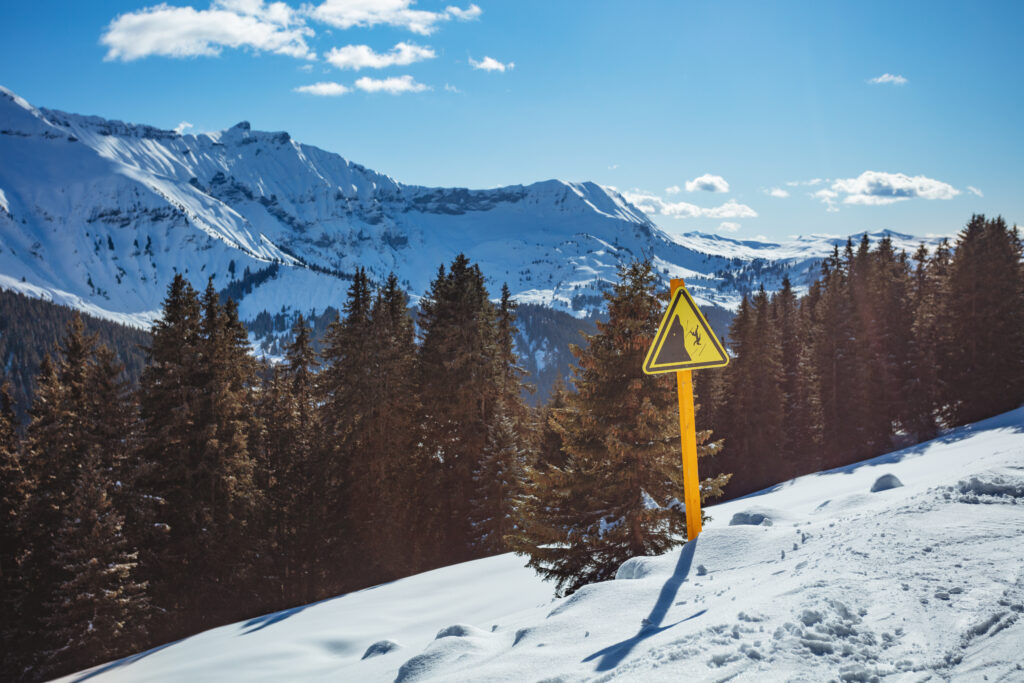
- Cliff Areas: Signs indicating cliff areas are critical for skiers to be aware of. These areas can pose significant risks, especially in low visibility conditions. Such signs typically feature an image of a cliff, often accompanied by the word “Cliff” or “Danger.” Avoid these areas unless you are an experienced skier equipped to handle such terrain.
- Avalanche Prone Zones: In areas where avalanches are a risk, you’ll find signs warning about the potential danger. These signs might read “Avalanche Zone” or “Avalanche Danger,” and they often include advice on precautions to take. Always respect these signs, as avalanches can be deadly.
B. Importance of Heeding Warnings
- Personal Safety: Your safety is paramount. Warning signs are placed based on the expert knowledge of the ski resort staff about the terrain and conditions. Ignoring these signs can put you in serious danger, potentially leading to severe injuries or worse.
- Legal Implications: In many cases, ignoring warning signs at ski resorts can have legal consequences. Resorts enforce these rules to ensure the safety of all guests, and failure to adhere to them can result in penalties or being asked to leave the resort.
C. Other Common Warning Signs
- Icy Conditions: Signs warning of icy conditions alert skiers to be cautious of slippery and potentially hazardous areas.
- Variable Conditions: These signs indicate that the conditions on the trail can change unexpectedly. Skiers should be prepared for a mix of ice, snow, and possibly bare spots.
- Slow Skiing Areas: Areas where skiers are advised to slow down, often near the base of slopes or in crowded sections.
- Crossing Trails: These signs indicate where trails intersect, and skiers should be aware of others crossing their path.
D. Tips for Responding to Warning Signs
- Always slow down and be extra cautious when you see a warning sign.
- If you’re unsure about a warning or what it entails, ask a resort staff member for clarification.
- Educate yourself about the symbols and terms used in these signs before hitting the slopes.
V. Navigating Through the Signs
Successfully navigating ski resort signs is a skill that enhances both your safety and enjoyment on the slopes. This section will provide insights on combining your understanding of ski signs with skiing skills, emphasizing the importance of situational awareness and offering tips for beginners.
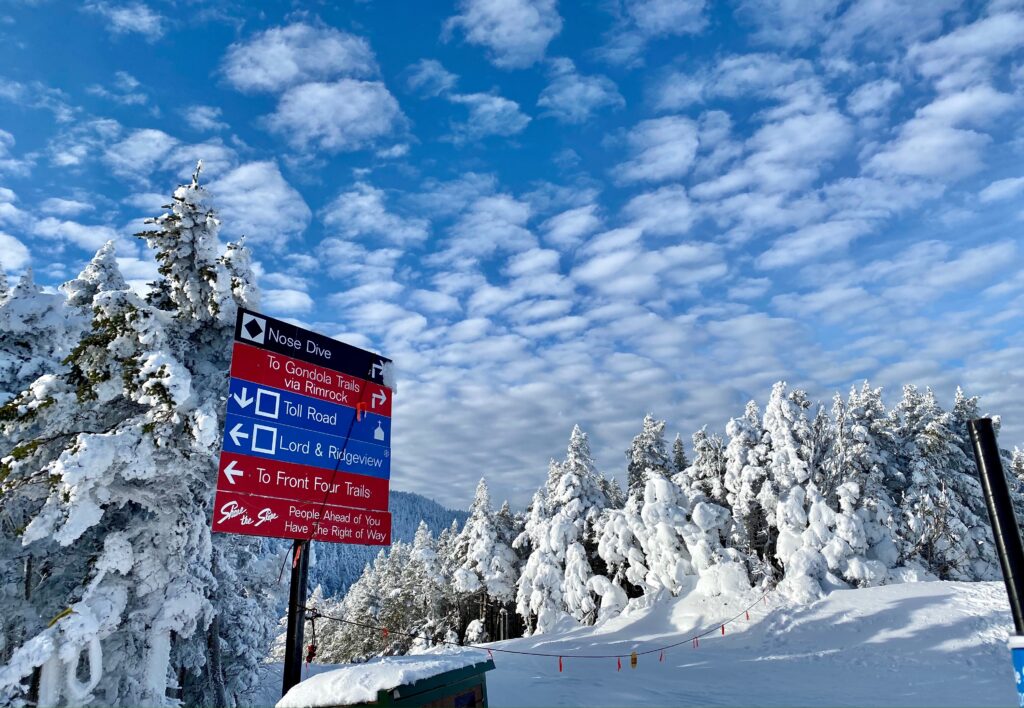
A. Combining Sign Knowledge with Skiing Skills
- Assessing Your Skill Level: It’s crucial to be honest about your skiing abilities. Choose trails that match your skill level, as indicated by the trail difficulty symbols. Overestimating your skills can lead to dangerous situations on trails that are too challenging.
- Planning Your Route: Before you start skiing, plan your route based on the signs and your comfort level with different trails. This helps in avoiding unexpected difficult trails and ensures a smoother skiing experience.
B. Importance of Situational Awareness
- Being Alert: Conditions on ski slopes can change rapidly due to weather, time of day, and the number of skiers. Always be alert and aware of your surroundings. Pay attention to signs as they might indicate changing conditions ahead.
- Adapting to Conditions: If you encounter unexpected conditions, such as icy patches or crowded areas, be prepared to adapt. Slow down, increase your focus, and navigate carefully through these sections.
C. Tips for Beginners on Reading Signs
- Start with Green Trails: If you’re new to skiing, stick to the green circle trails. Familiarize yourself with how these signs look and where they are placed.
- Understand Symbol Meanings: Spend some time learning what different symbols and colors represent. Knowing the difference between a blue square and a black diamond, for instance, is critical.
- Ask for Help: Don’t hesitate to ask resort staff for directions or clarifications about signs. They are there to help ensure your safety and enjoyment.
D. Advanced Skiers: Navigating Complex Signs
- Challenging Routes: For advanced skiers, understanding signs can mean more than just safety—it’s about finding challenging routes and new experiences.
- Terrain Features: Be aware of signs indicating terrain features like moguls, steeps, or glades, and only tackle them if you’re confident in your abilities.
E. Utilizing Resort Maps and Apps
- Resort Maps: Carry a trail map with you or use the maps placed around the resort. These can be invaluable in planning your route and understanding where you are.
- Mobile Apps: Many ski resorts offer mobile apps that provide real-time information about trail status, lift wait times, and other useful features.
VI. Legal Implications of Ignoring Ski Signs
Understanding and adhering to ski signs is not only a matter of safety but also has legal implications. Ski resorts enforce sign regulations to ensure the well-being of all guests, and disregarding these signs can lead to serious consequences. In this section, we’ll explore the legal aspects of ski resort signage and the importance of skier responsibility.
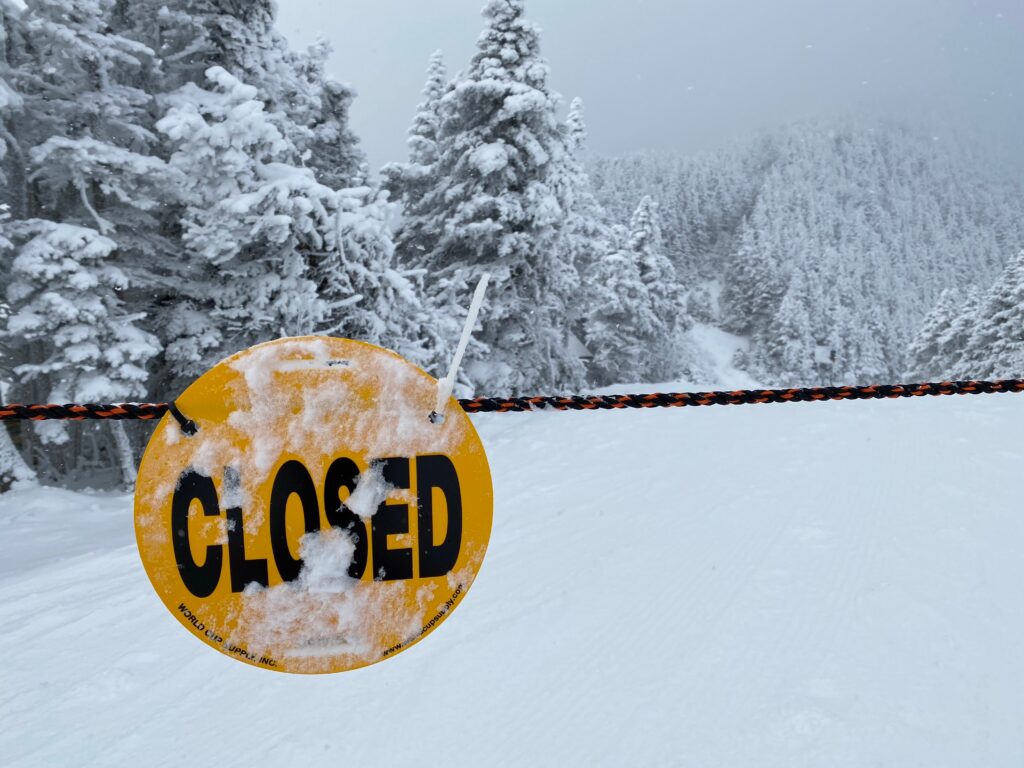
A. Resort Policies and Skier Responsibility
- Adherence to Resort Policies: Ski resorts have specific policies in place regarding the use of their trails and facilities. These policies are often communicated through signage on the slopes. Skiers are expected to abide by these policies as part of the agreement to use the resort’s facilities.
- Skier Responsibility Code: Many ski resorts follow a Skier Responsibility Code, which outlines the basic rules and responsibilities of skiers, including the importance of obeying signs and markers. This code serves as a guideline for safe skiing practices.
B. Consequences of Negligence
- Personal Risk: Ignoring ski signs, especially those related to trail difficulty or warnings, can put you and others at risk. Venturing into closed areas or trails beyond your skill level can lead to accidents and injuries.
- Legal Liability: In the event of an accident, if it’s found that you willfully ignored signage, you could be held legally liable for any injuries or damages caused. This can result in fines, legal action, and other penalties.
C. Understanding the Boundaries
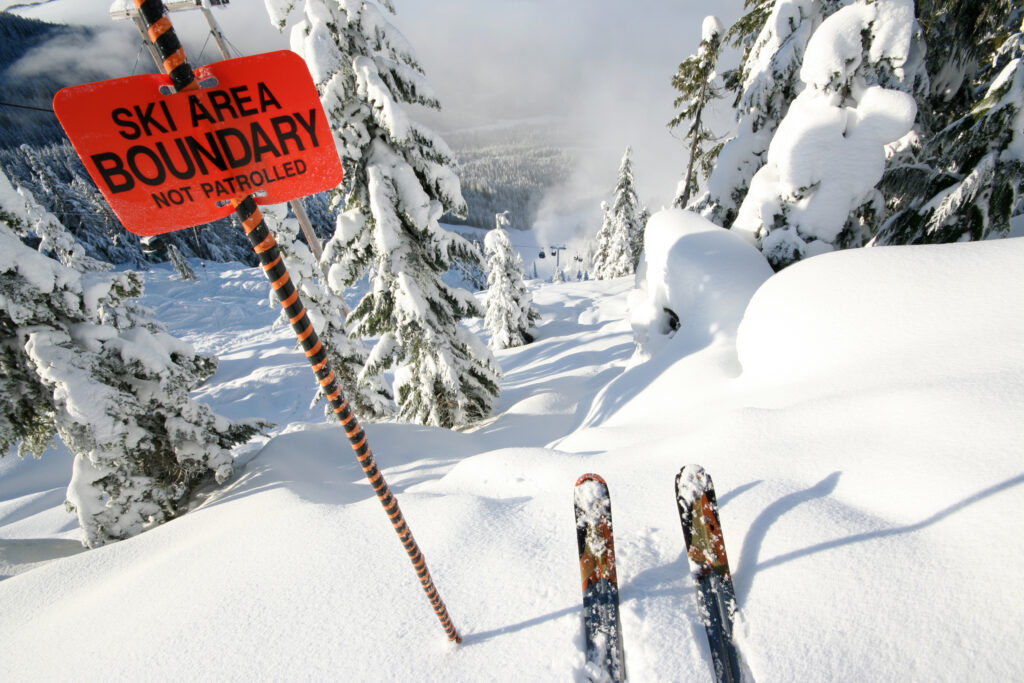
- Closed Areas: Signs indicating closed areas are there for a reason. These reasons can range from dangerous conditions, such as unstable snow, to conservation efforts. Entering closed areas not only puts you at risk but can also have legal repercussions.
- Out-of-Bounds Skiing: Skiing outside the marked boundaries of the resort can be tempting for some but comes with significant risks. It’s essential to understand that out-of-bounds areas are not patrolled or maintained by the resort, and rescue operations in these areas can be complicated and costly.
D. Tips for Legal Compliance and Safety
- Educate Yourself: Familiarize yourself with the resort’s rules and the Skier Responsibility Code.
- Heed All Signs: Treat all signs as important and follow their directions. If a sign says a trail is closed, do not enter it.
- Be Prepared: Know your skill level and choose trails accordingly. Being overconfident can lead to situations where you might inadvertently break the rules.
As we wrap up this comprehensive guide on understanding ski signs at US ski resorts, it’s clear that these signs are far more than mere markers on the snow. They are vital tools that ensure the safety, enjoyment, and smooth operation of ski areas. Whether you’re a beginner or an experienced skier, being well-versed in the language of ski signs is essential for navigating the slopes safely and responsibly.
We’ve covered the different categories of ski signs, from trail difficulty symbols to warning and caution signs, each playing a crucial role in guiding skiers. Remember, the green circle trails are your go-to for a gentle and relaxed experience, while the black diamonds and double black diamonds offer challenging terrains for the seasoned skiers. Directional and informational signs help you navigate the resort effectively, ensuring that you make the most of your skiing experience without getting lost or missing out on what the resort has to offer.
Moreover, the importance of heeding warning and caution signs cannot be overstated. These signs not only protect you from potential hazards but also shield you from legal repercussions that may arise from ignoring them. Ski resorts are structured environments, and respecting their rules and boundaries is crucial for everyone’s safety.
In conclusion, next time you hit the slopes, take a moment to appreciate the signage around you. They are there to guide your path, keep you informed, and protect your well-being. By understanding and adhering to these signs, you contribute to a safer and more enjoyable skiing environment for yourself and your fellow skiers. So, strap on your skis, embrace the adventure, but always ski with awareness and respect for the signs that guide your way. Happy skiing!


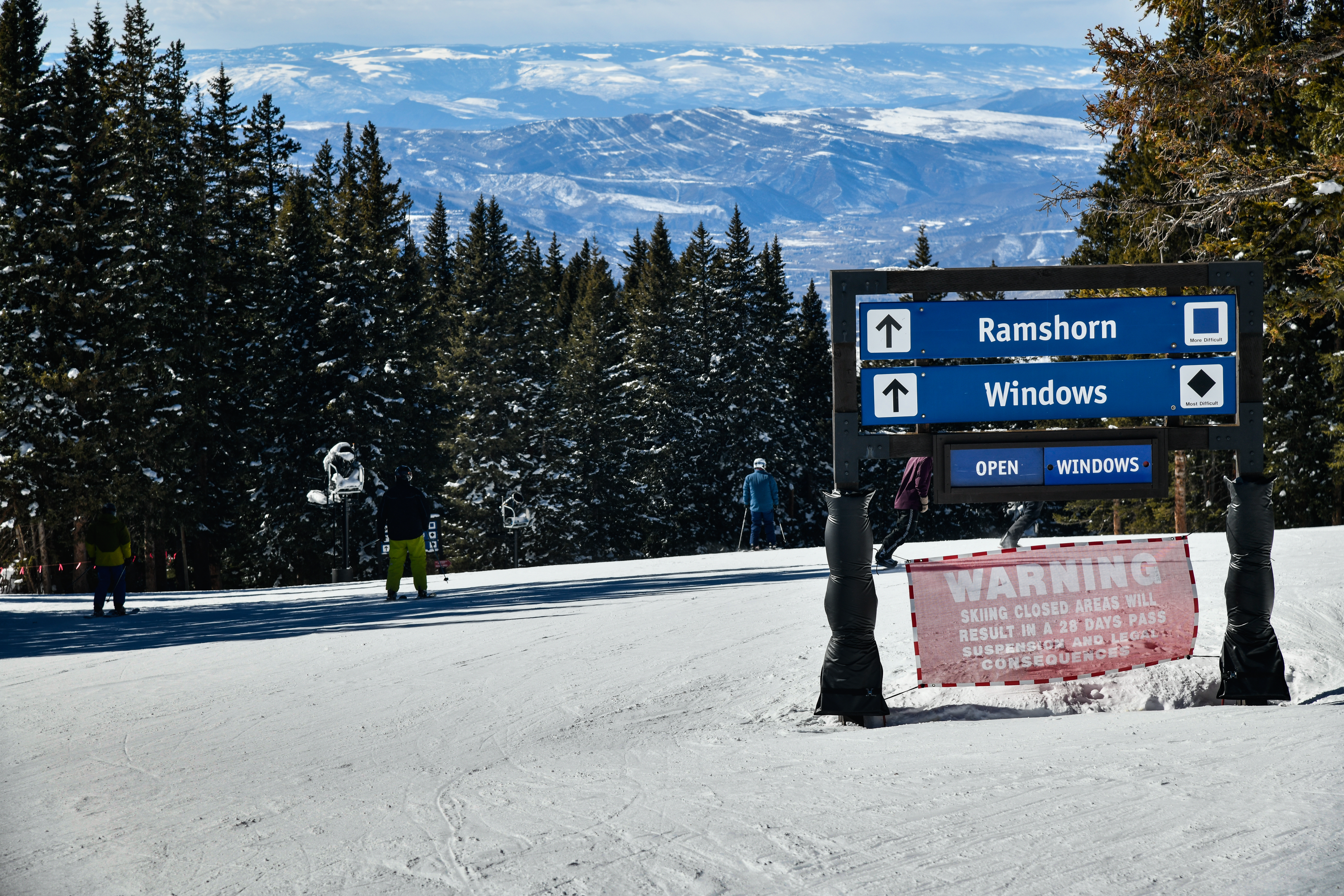
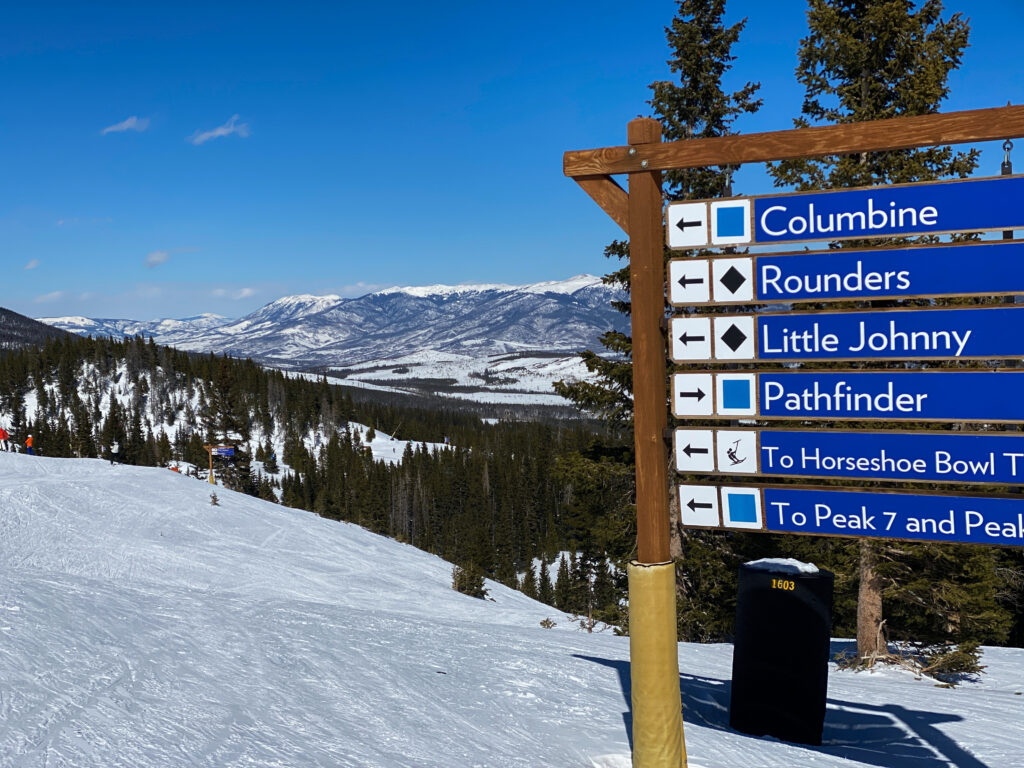
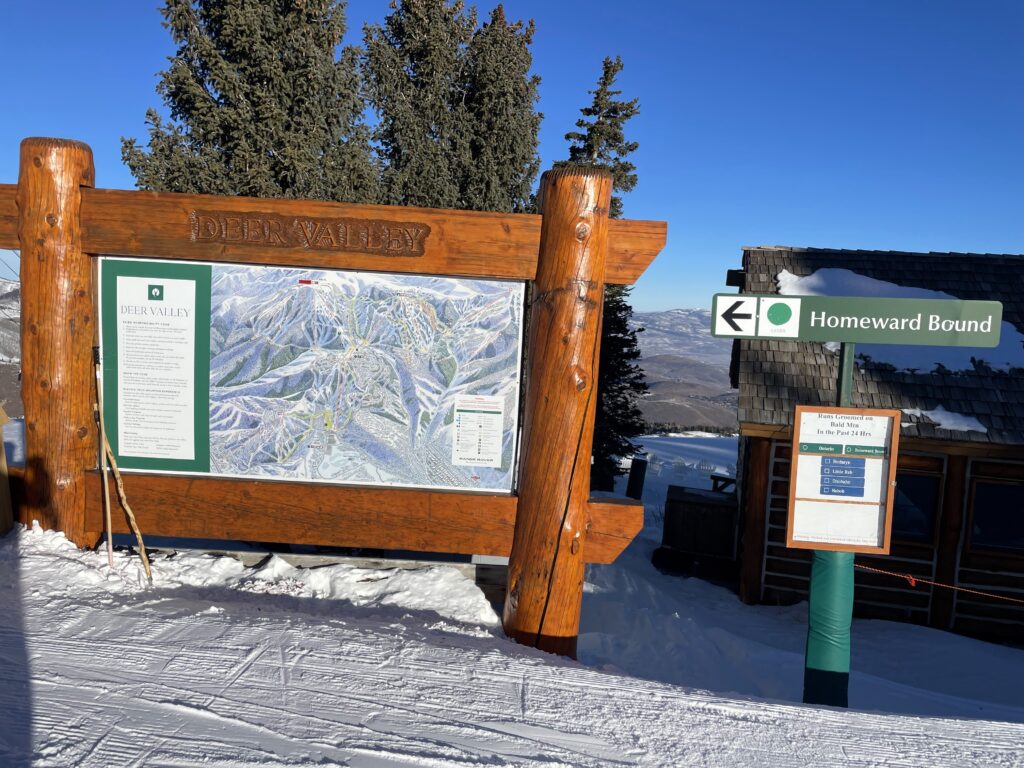
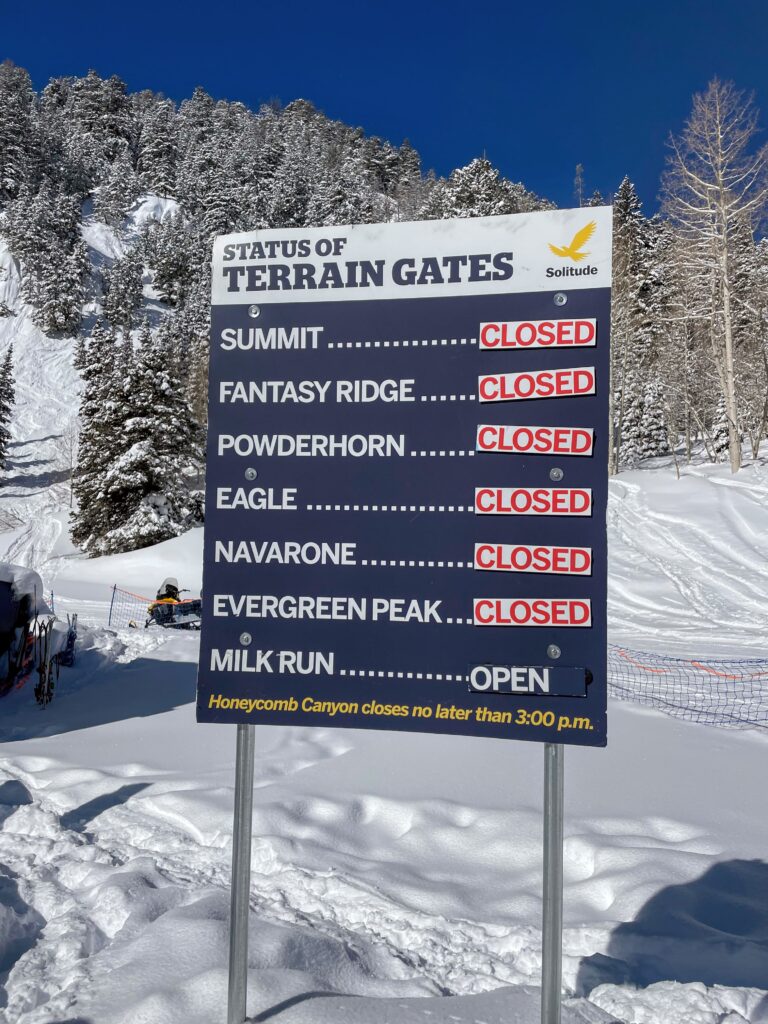
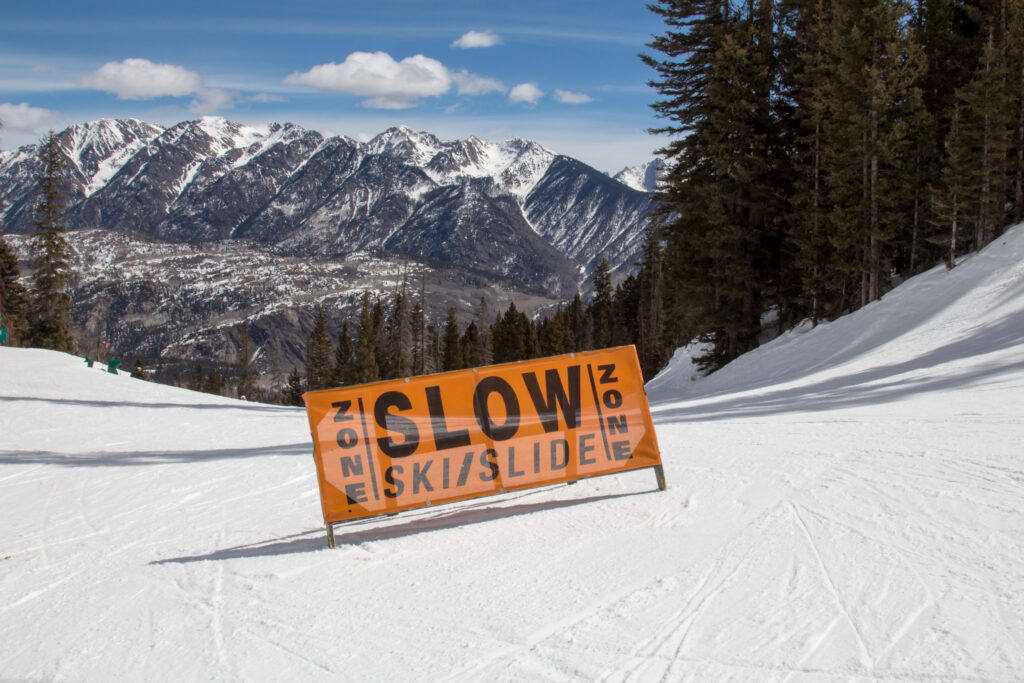
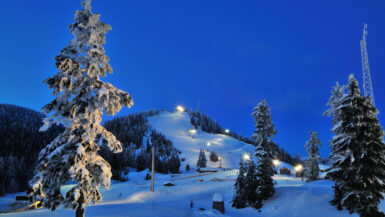
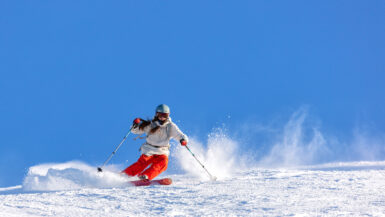
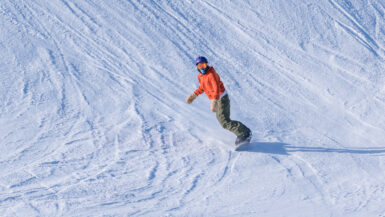
Leave a reply